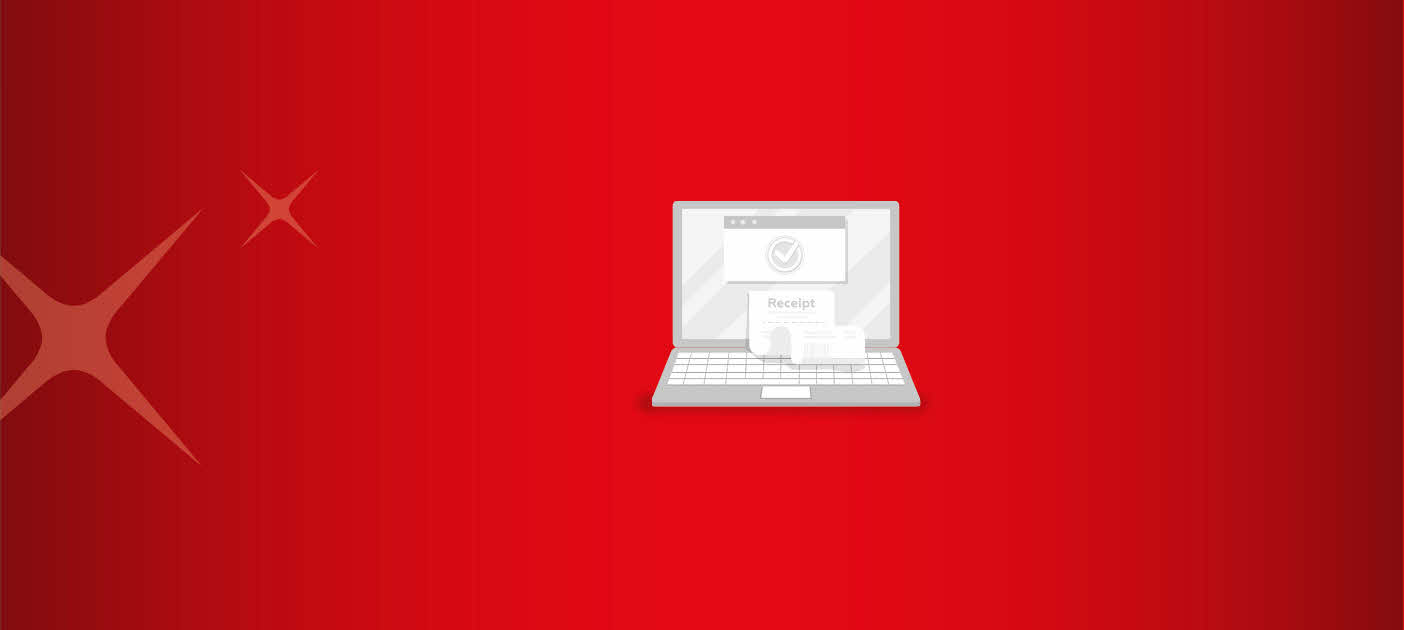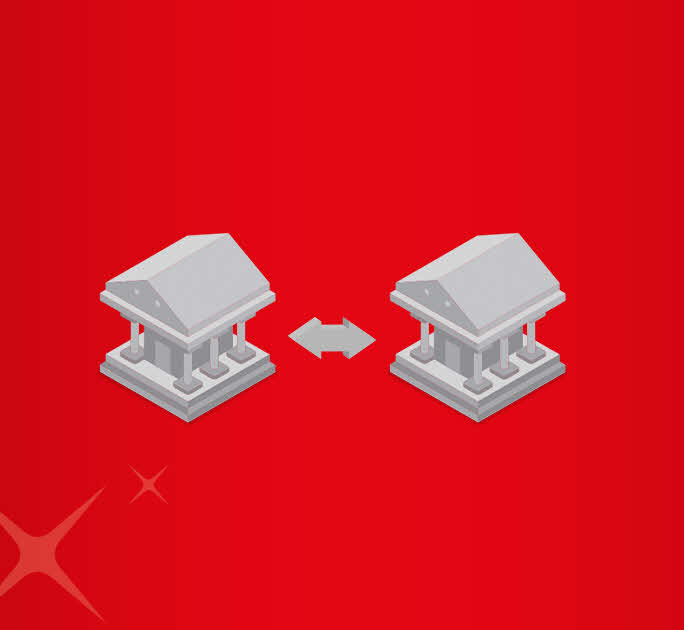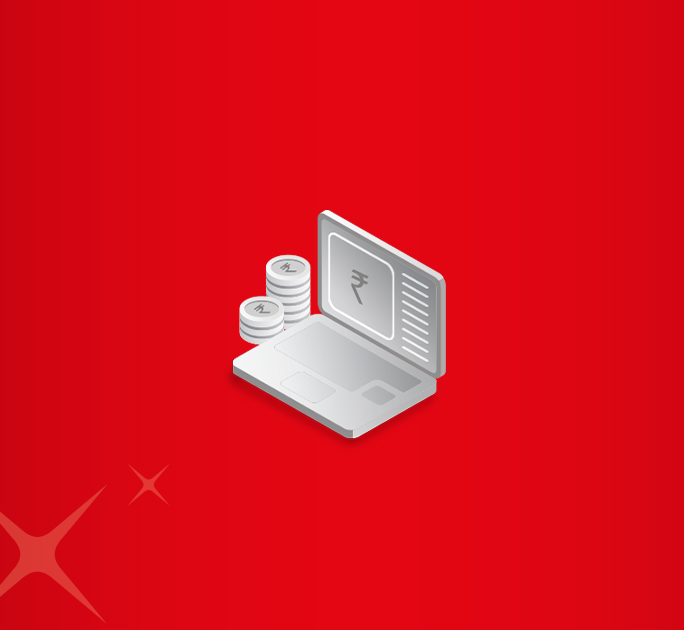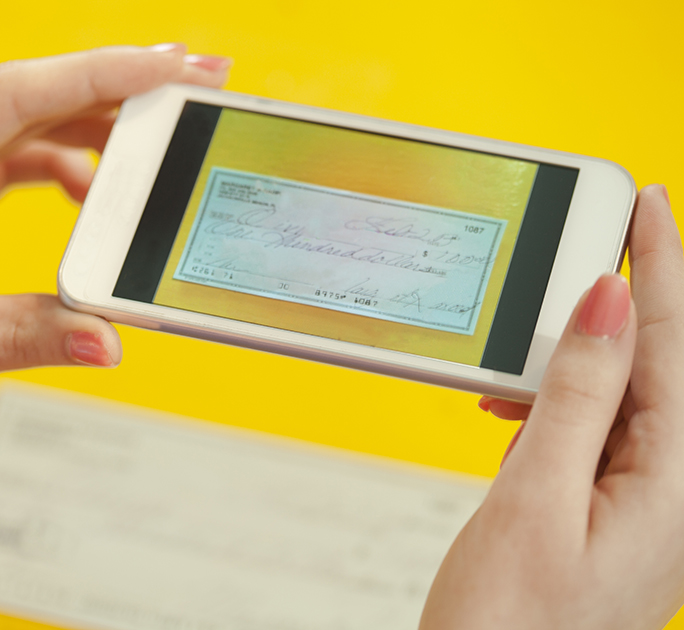- Save
- Invest
- Borrow
- Pay
- More
- Customer Services

What is an Account Payee Cheque
All you need to know about the meaning and usage of an account payee cheque.
Key Takeaways
- Account payee cheques enable you to make secure payments to various recipients.
- Issuing an account payee cheque ensures that only the recipient can encash the amount.
- Drawee, drawer, and payee are the three terms associated with an account payee cheque.
- An account payee cheque features the words "A/C Payee Only" between two parallel lines.
- A payee can encash an account payee cheque via direct deposit in to their bank account.
When you open a Bank Account, your bank provides you a cheque book, which you can use to issue cheques to different payees. The cheque book allows you to pay different people, entities, service providers, etc., what you owe them. While most of us have adapted to the digital age, where we conduct online transactions, account payee cheques still remain relevant and are used widely. Let us learn more about these vital banking instruments, its features and what it entails.
What is an Account Payee Cheque?
An account payee cheque is a cheque drawn in favour of a payee’s bank account. When you issue such a cheque, the issuer must deposit it with their bank. The bank then clears the cheque within a few days and the funds are transferred from your account into that of the payee named on the cheque.
The recipient cannot encash the cheque over the counter or mark it for anybody else. They must, instead, fill out a cheque deposit slip and hand it over to the bank representative or deposit it in cheque drop box at their bank branch or at designated bank ATMs with the cheque deposit facility.
Features of an Account Payee Cheque
Having explained the meaning of account payee cheque, let us assess its features.
- Funds deposited through an account payee cheque are intended to directly deposit funds in the payee’s account while reducing the risk of misuse.
- The cheques under this category are valid for a period of three months from the date of issue.
- Both, issuers and depositors must follow the right hygiene mentioned by the bank while writing cheques from their account and depositing them in the intended accounts.
- You can write these cheques to ensure secure interbank transfers.
- Your bank statement serves as proof of payment when your account payee cheque is cleared.
Download DBS Bank app today to experience the benefits of digital savings account
Three Important Terms Associated with Account Payee Cheques
The following terms highlight the role of parties involved while depositing and encashing account payee cheques:
Drawer
The drawer is the person who writes and signs the cheque. The amount is debited from the drawer's account and encashed into the recipient's account. For example, if you write a cheque and mention your friend's name as the account payee, you are the drawer.
Drawee
The drawee is the bank where you issue your cheque. When you write an account payee cheque, you are instructing your bank to withdraw funds from your account. The deducted amount is paid out to the recipient's account upon encashment.
Payee
The payee is a person or entity to whom the cheque is addressed. In other words, payees are the recipients of the money. For example, if you write an account payee cheque to your landlord for rent, your landlord is the payee. They become the person authorised to encash the cheque.
Writing and Depositing Account Payee Cheques – The Requirements
If you are issuing an account payee cheque, you must draw two parallel lines on the top left corner of the cheque leaf and add the words "Account Payee Only" or "A/C Payee Only" between the lines. You must write the intended payee’s name, the payment amount (in words and figures), the date of issue, and sign the cheque. You must ensure you avoid overwriting or any other errors.
If you are depositing an issued cheque in your account, you must write your name, account number and phone number on the flip side of the cheque. You must also fill out a deposit slip on which you must mention your name, account number, the cheque amount (in words and figures), the name of the drawee bank, and your signature.
Procedure of Account Payee Cheque Clearance
It typically takes banks 1-4 days to clear a cheque, the process for which, is as under
- The payee deposits the cheque into their bank account by visiting their bank branch or their bank ATMs with cheque deposit facility.
- The bank verifies the cheque, including details like the payee's name, the payment amount, and the signature of the issuer.
- The receiving bank processes the cheque via the Cheque Truncation System (CTS), which involves electronic transmission of your cheque to the clearing house.
- After your cheque is successfully processed, the amount gets credited to the account of the recipient.
Final Note:
Now that you know the meaning of account payee cheques, you can now securely issue them to your recipients. Besides writing the cheque correctly, without errors, you must ensure that you have sufficient funds in your Savings Account, failing which the recipient may be unable to encash the cheque issued to them. To track the funds in your account at any time, you should consider opening a that provides instant access to your bank statement, transaction history, and more.
With DBS Bank app, you can open a new savings account in a few minutes! Download the app to get started.
*Disclaimer: This article is for information purposes only. We recommend you get in touch with your income tax advisor or CA for expert advice.










